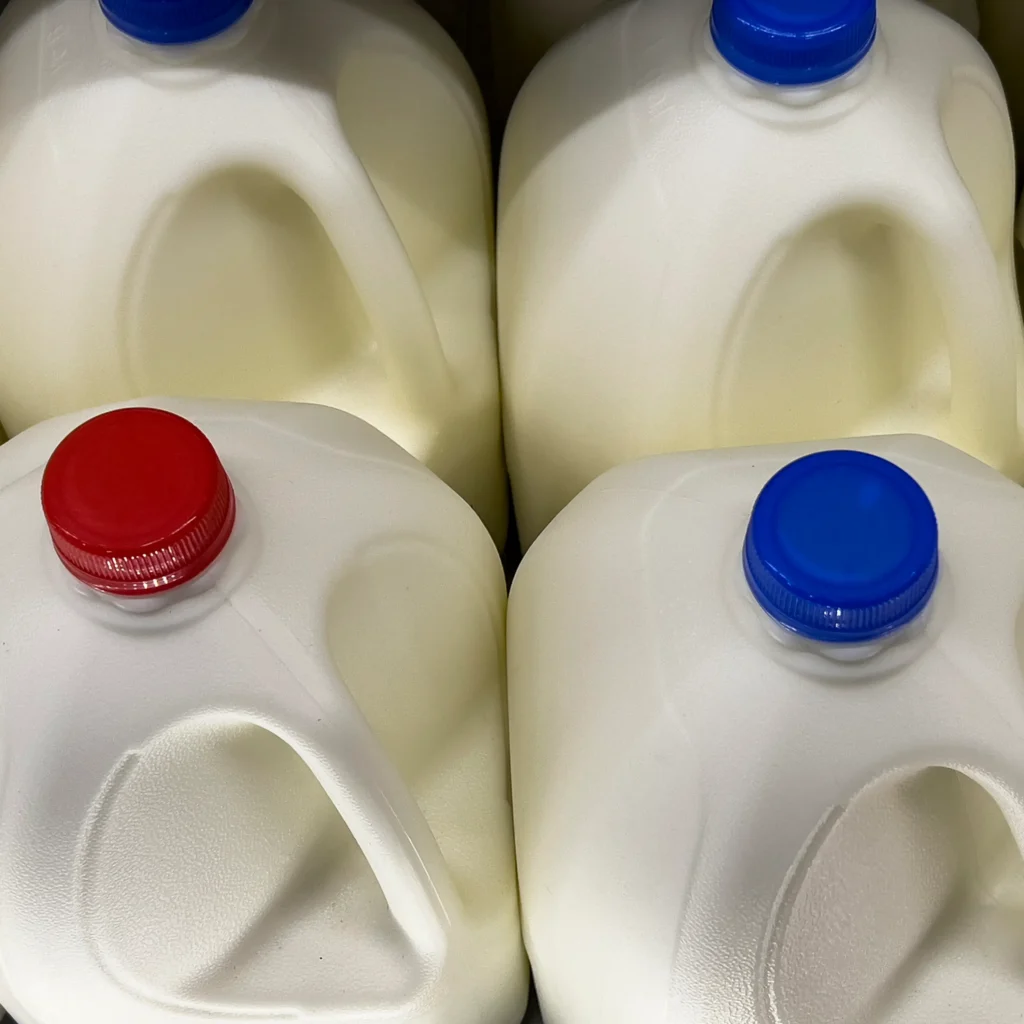While the accumulation of gold, silver, and bronze medals at the February Winter Olympic Games showed that U.S. high school students could meet and exceed international performance standards in athletics, the February release of results from a global competition in math and science showed that U.S. twelfth-graders ranked close to last in international academic performance. The U.S. performance was so bad that even President Clinton–an ardent defender of public schools–was forced to admit that “there is something wrong with the public education system.”
In a test of general mathematics knowledge against 21 other nations, only students in Cyprus and South Africa scored lower than U.S. twelfth-graders in the Third International Mathematics and Science Study (TIMSS). That poor performance persisted even when America’s best “team” was selected: U.S. students who took physics and advanced math courses performed worse than most students taking the same rigorous courses in 15 other nations. In physics, no country scored lower than the U.S.; in advanced math, only Austria scored lower.
The “devastating” TIMSS results mean that Americans can no longer ignore bad news about U.S. schools, in the comforting but false belief that our better students still match up to world standards, said Michigan State University professor William H. Schmidt. “Our best students in mathematics and science are simply not ‘world class,'” said Schmidt, who is national research coordinator for the TIMSS study.
“For the business community, these results are chilling,” said Edward B. Rust Jr., chairman of State Farm Insurance Companies and chairman of the Business Roundtable’s Education Task Force. He noted that, in an increasingly global economy, where workforce quality and skill levels are critical factors in achieving success, “American business requires a world-class workforce.”
“These test results indicate that our students are at a disadvantage in terms of the skills required to meet the challenges they will confront,” he added, and questioned whether the math and science curriculum standards set by states are good enough.
The current science curriculum is “a mile wide and an inch deep,” according to Andrew M. Sessler, president of the American Physical Society, who recommended that states adopt the national science standards developed by the American Association for the Advancement of Science and the National Research Council. Physics should be given more time in the high school curriculum, he argued, with physics principles introduced at an earlier age.
Sessler also deplored the structure of American education, which forces teachers with inadequate science preparation to teach courses at the high school level. To address that issue, he called for improved professional development, high pay for science teachers, and simplifying the certification process to make it easier for people trained in science to teach in high schools.
“Placing greater value on high school science teachers sends a strong message to their students that science is an important part of their education,” he said.
Science should be taught as the “fourth R” and given as much importance, time, and teaching skills as reading, writing, and math, according to “What America Thinks About Science Education Reform,” a new report from the Bayer Corporation. The report examines a number of science, science education, and science literacy issues from the perspectives of principals, business leaders, teachers, parents, and students themselves.
“What we’ve found is that there’s a growing consensus among all stakeholders for inquiry-based, hands-on science teaching and learning methods,” said Sande Deitch, executive director of the Bayer Foundation. “In fact, it’s the way students say they would improve science class if they could–but we still have work to do to ensure that all students are exposed to this approach.”
The report, part of Bayer’s long-term commitment to science education through its Making Science Make Sense program, is based on education stakeholders agreeing on one key philosophy: a hands-on, inquiry-based science curriculum could be the most effective factor in preparing students for their upcoming roles as adults. Yet few students are taught this way and few elementary school teachers feel adequately prepared to teach science.
George A. Clowes is managing editor of School Reform News. His email address is [email protected].
For more information …
More information on the February 1998 TIMSS report is available on the World Wide Web at http://www.ed.gov/inits/TIMSS. For a copy of Bayer Corporation’s What America Thinks About Science Education Reform report, visit its Web site at http://www.bayerus.com or send a $1.01-stamped, self-addressed, 8½ x 11 envelope to What America Thinks About Science Education Reform, Bayer Corporation, 100 Bayer Road, Building #4, Pittsburgh, PA 15205-9741.




